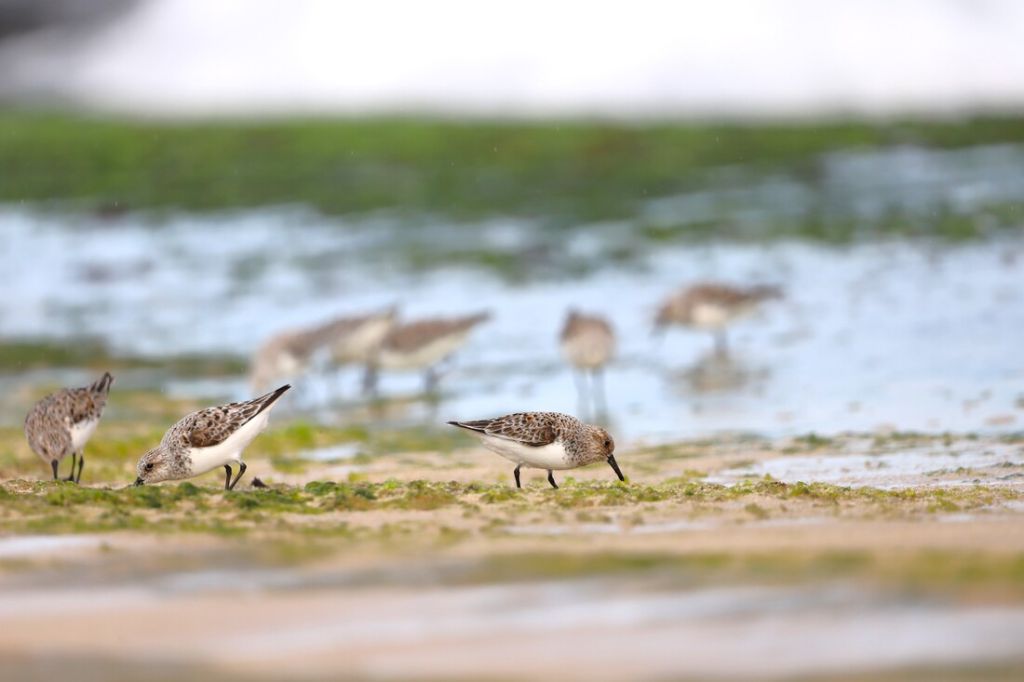A comparison of the cost and effectiveness of conservation actions to address threats to 372 endangered species on the islands of Maui Nui
with Dr. Melissa Price
Assistant Professor, NREM, UH Mānoa
Join us in person
on December 10, 2024, 12:00 pm
at the Hawaiʻi Institute of Geophysics (HIG) building, room 210, on the UH Mānoa campus.
A free lunch will be available for the first 25 participants

Join us for this next seminar of the “Slice of PI-CASC” seminar series hosted by the Pacific Islands Climate Adaptation Science Center! The series is designed for a wide audience to learn about climate adaptation research and science-to-management applications for Hawaiʻi, the US-Affiliated Pacific Islands, and beyond.


